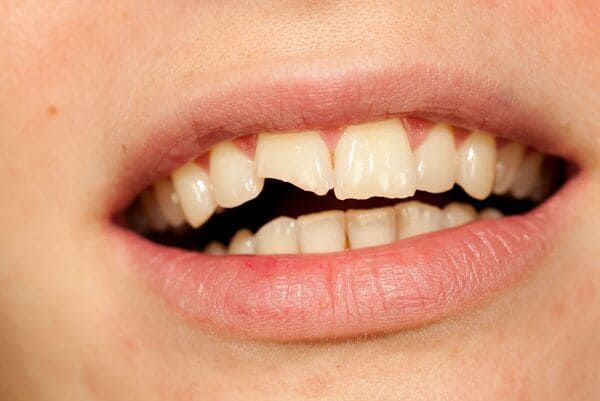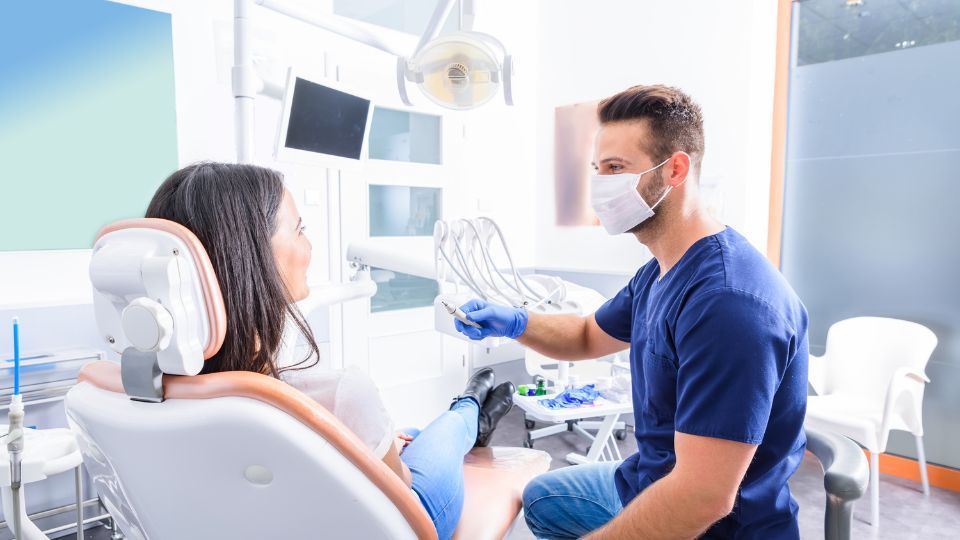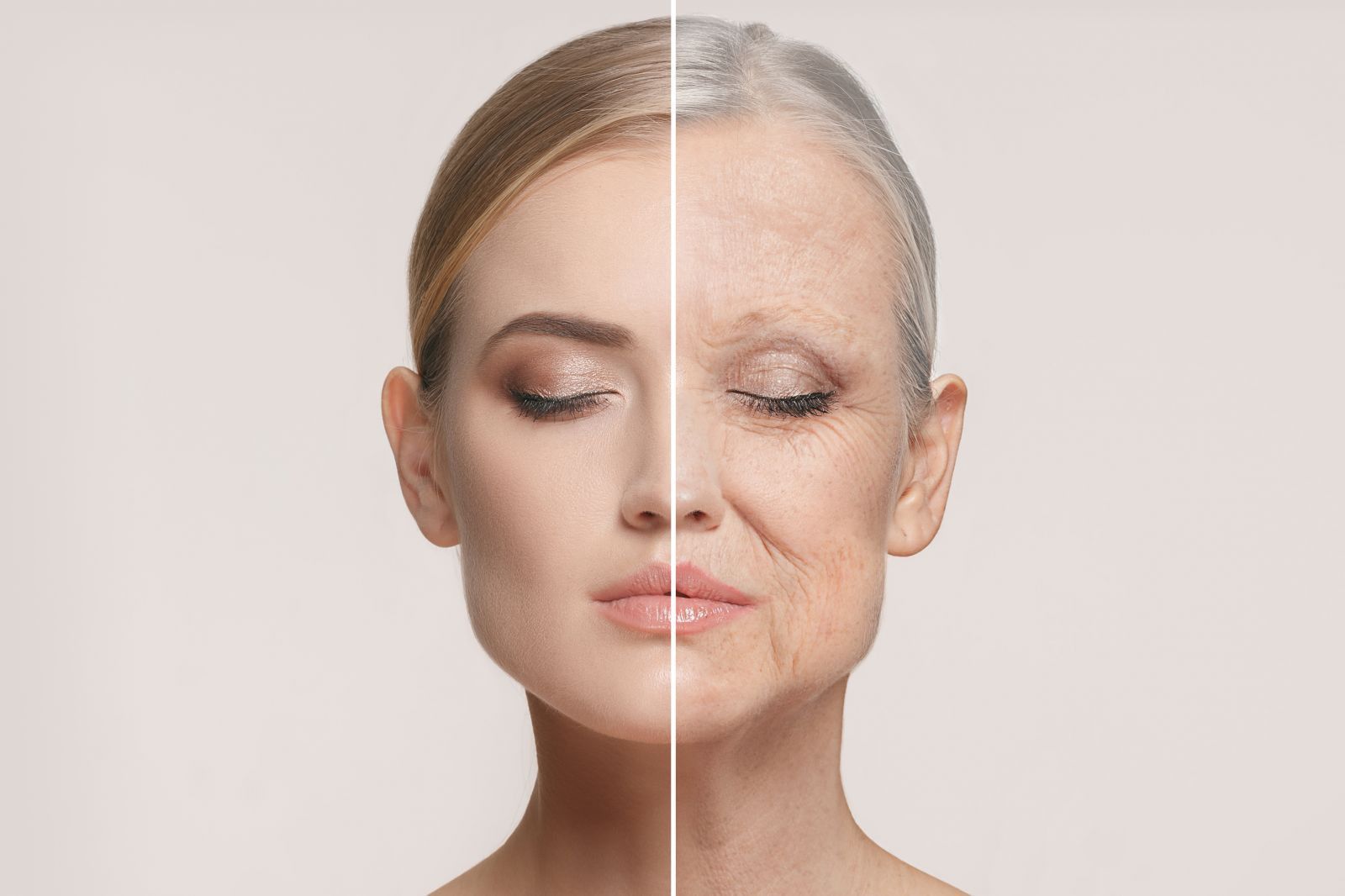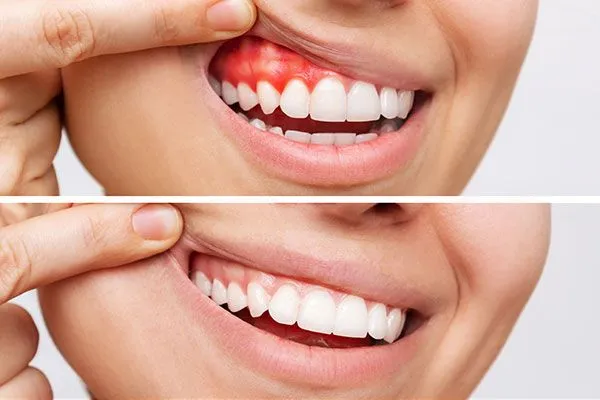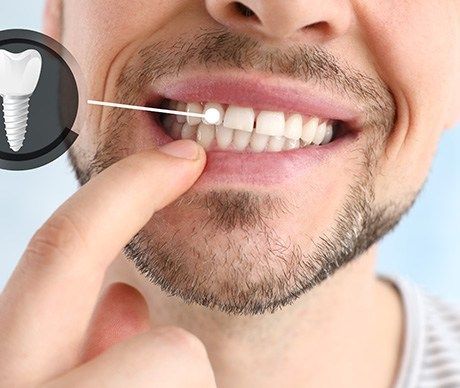When Should You Replace Your Toothbrush?
How often do you replace your toothbrush? It isn’t uncommon to throw away outdated food or replace old clothing. So it stands to reason that you should replace your toothbrush, as well. Unfortunately, dental hygiene doesn’t get near the attention that it should.
To ensure that you are practicing the best dental care, let’s explore some tips that will help you give your teeth the attention they deserve.
Every Three Months
According to the American Dental Association and most dentists, everyone should replace their toothbrush every three months. This is important to follow, as your toothbrush becomes less effective the longer you use it.
The three-month mark is typically when your toothbrush’s bristles become worn down and unable to adequately remove plaque and buildup. Furthermore, if you have brushed your teeth when you’ve had a cold or the flu, you should replace your toothbrush right away to avoid becoming infected all over again.
If you can’t remember how long you’ve been using your current toothbrush, inspect its bristles to look for signs of wear. If they appear to be flattened, frayed, or darkened, it’s time to get a new one. Dark bristles are a sign of mold, and you certainly don’t want that in your mouth.
Using an Old Toothbrush
Failure to change out your toothbrush every three months can lead to fungus and bacteria accumulation. Continually putting such things in your mouth is a recipe for disaster, and one that’s best avoided altogether.
Not only that, but you could risk damaging your gums. If your toothbrush is no longer capable of removing plaque, you could develop gum disease and, eventually, gingivitis. If you develop gingivitis and leave it untreated, an infection could set in and result in tooth loss.
Furthermore, an old toothbrush can make you really sick. Depending on where you store it, your toothbrush can absorb particles in your bathroom, such as from the toilet. This can lead to all kinds of medical concerns, so be diligent in caring for your toothbrush.
With proper care and regular replacements, you can look forward to happier, healthier teeth.

